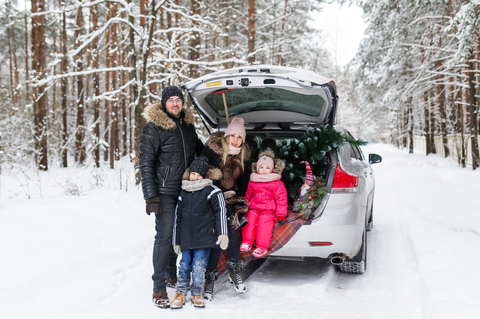Avoid winter travel troubles by being prepared

Almost every driver has seen it—a vehicle stranded on a on a mountain road in the snowstorm or caught in a downpour when a tire goes flat.
Being prepared is the best way to avoid problems, according to representatives of the California Department of Transportation. They advise drivers to plan for the worst road conditions.
All drivers should keep an emergency kit and keep it in their car before going on winter outings. The Federal Emergency Management Agency listed the following:
- Flashlight
- Warm blanket
- Extra clothing (Extra set of rain gear, mittens, socks, and a wool cap)
- Water
- Snacks
- Clean towel
- Ice scraper or commercial de-icing product
- Spare key
- First aid kit with pocket knife
- Sleeping bags
- Plastic bags (for sanitation)
- Matches
- Booster cables
- Brightly colored cloth to use as a flag
- Canned fruit and nuts
- Nonelectric can opener
- Small shovel
- Sand or kitty litter
The shovel help drivers dig tires out of the snow. Kitty litter and sand help improve tire grip.
States such as California require drivers to carry chains during inclement weather. Vehicles without chains may be turned back at inspection stations, which are common on major mountain freeways.
Experts at the California Transportation Department offered the following guidelines:
- R1: Chains are required - snow tread tires allowed.
- R2: Chains are required on all vehicles except four-wheel drive vehicles with snow tires on all four wheels.
- R3: Chains are required - all vehicles - no exceptions.
- R1 and R2 are the most common conditions. The highway is usually closed before an R3 condition is imposed.